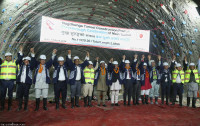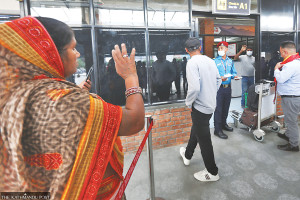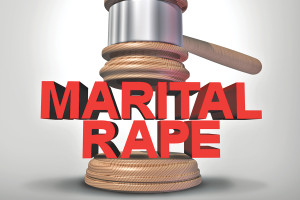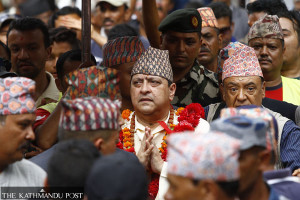 20.12°C Kathmandu
20.12°C KathmanduMiscellaneous
Cautiously optimistic
The government has endorsed yet another ambitious school reform programme—the School Sector Development Plan (SSDP)—that would, over the next seven years, invest Rs1.1 trillion,
The government has endorsed yet another ambitious school reform programme—the School Sector Development Plan (SSDP)—that would, over the next seven years, invest Rs1.1 trillion, a sum that is much higher than the current annual budget of the country. While there is no disputing that Nepal’s education sector, particularly school level education, is in need of dire reform, what is doubtful is whether there is adequate political will and bureaucratic commitment to effectively carry out such big-ticket items.
In principle, the SSDP will replace and build on its predecessor, the School Sector Reform Programme (SSRP), that many say failed colossally, particularly in improving the quality of education. Even the government’s own Education Review Office admits as much in an assessment report. Perhaps the only achievement it can claim is that it improved access or enrolment at the school level. There is considerable frustration even among donors, who had generously funded a significant portion of the SSRP.
The blame for its failure lay particularly in the inability of the government to formulate laws to carry out the reform plans. The eighth Amendment to the Education Act 1972 was approved by Parliament only in June this year, when the SSRP had already come to an end. But four months after the passage of the amendment, the Ministry of Education is yet to finalise the necessary regulations for the implementation of the amendment.
The SSDP aims at school sector restructuring—making basic education from grade 1 to 8 free and compulsory, bringing the dropout rate to zero and supporting girls’ education. It also aims to introduce technical education from grade 9 and make it mandatory for the so-called Plus Two colleges to have their own schools. Moreover, it intends to clarify the roles of all the three tiers of the government in the school sector. Over 8,000 public schools are in dire need of rebuilding after the earthquakes of 2015, and the seven-year plan is expected to cover that cost as well.
As such, besides a strong commitment to carrying out the reforms, a successful implementation of the plan also requires adequate funding. Currently there is a funding gap of Rs 48.4 billion. Donors have committed to contribute nearly 7 percent of the total amount, or Rs75 billion. However, given the poor track record in implementing previous programmes, there is no guarantee that they will provide the entire amount they have pledged.
This makes effective and timely implementation even more important. But that would depend on both political will and bureaucratic efficiency. Without a time-bound implementation framework, alongside a clear provision to reward and punish performance, the new plan will likely repeat history.









.jpg&w=300&height=200)



